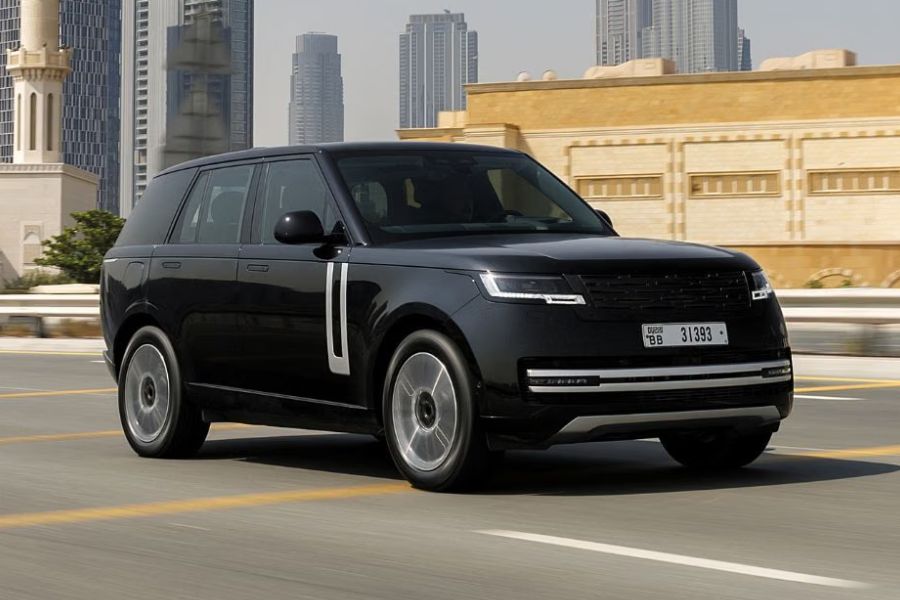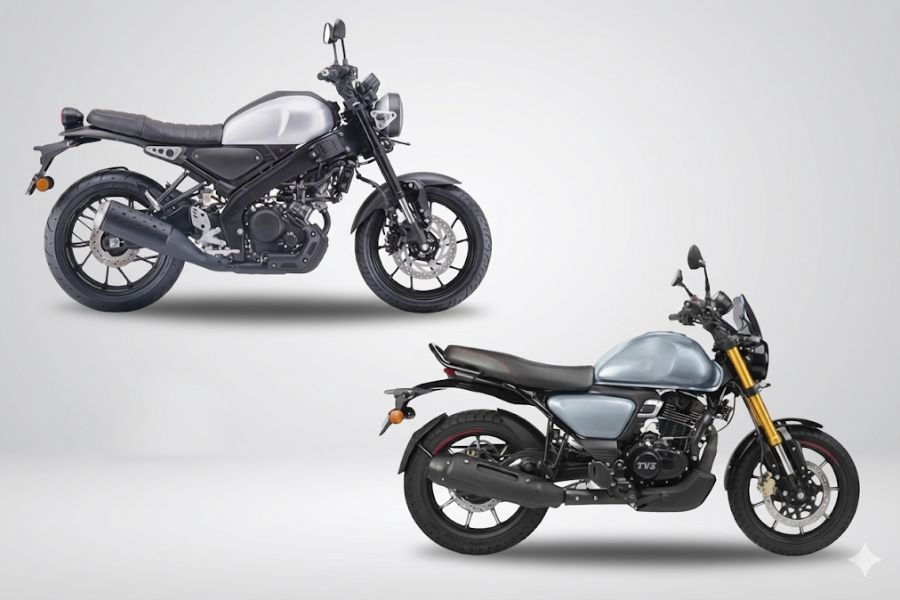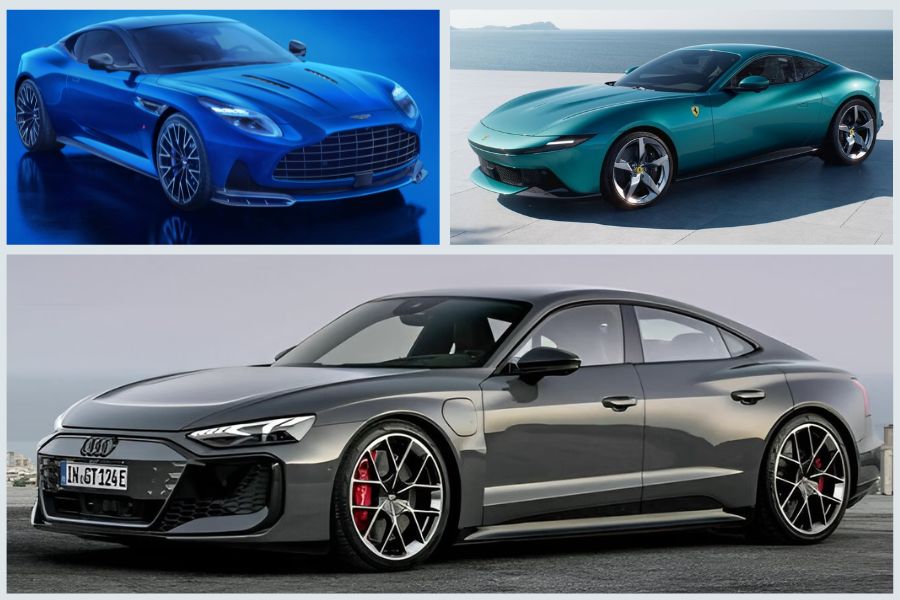The Skoda Kylaq, a new subcompact SUV, marks Skoda’s ambitious entry into India’s highly competitive segment. By launching the Kylaq, Skoda aims to achieve its goal of 100,000 units sold annually in the region. Although the Kylaq shares Skoda’s MQB-A0-IN platform with its larger sibling, the Kushaq, there are several noteworthy differences. Let’s explore how these two SUVs stand apart in terms of design, dimensions, features, and powertrain.
Skoda Kylaq vs. Kushaq: Design and Dimensions
| Feature | Kylaq | Kushaq |
|---|---|---|
| Length | 3,995 mm | 4,225 mm |
| Width | 1,783 mm | 1,760 mm |
| Height | 1,619 mm | 1,612 mm |
| Wheelbase | 2,566 mm | 2,651 mm |
| Ground Clearance | 189 mm | 188 mm |
| Boot Space | 360 liters | 385 liters |
| Wheel Size | 16/17 inches | 16/17 inches |
At just under 4 meters in length, the Kylaq is 230 mm shorter than the Kushaq, with a wheelbase trimmed down by 85 mm. Despite its smaller footprint, the Kylaq is 23 mm wider and 7 mm taller, giving it a slightly more imposing stance. While both SUVs feature 16-inch wheels on base and mid-trims and 17-inch wheels on top trims, the Kushaq provides a slightly larger boot capacity, with 25 extra liters of space.
The Kylaq also debuts Skoda’s new ‘Modern Solid’ design philosophy in India. This approach gives it a streamlined and two-dimensional appearance, seen in the flatter grille and simpler front bumper design. The side profile sports a minimalist look, with less intricate sheet metal work compared to the Kushaq, which has more prominent character lines. Additionally, the Kylaq’s chunkier door cladding adds a sporty vibe.
Rear Design Comparison
The Kylaq and Kushaq each have unique rear-end designs. The Kylaq’s tail-lights are squarish and connected by a contrasting black bar, while the Kushaq features standalone L-shaped tail-lights with a chrome strip at the tailgate’s base. Both SUVs offer a rear faux skid plate, but the Kylaq’s bumper is equipped with more pronounced cladding.
Interior and Features
Although their exteriors diverge, the interiors of the Kylaq and Kushaq are quite similar. Both offer a 10.1-inch touchscreen infotainment system, 8.0-inch digital instrument cluster, two-spoke steering wheel, and touch-sensitive climate controls on higher trims. The primary difference lies in the color schemes and textures, with slight variations in the dashboard design and central AC vents.
The top trims of both models come equipped with wireless Android Auto and Apple CarPlay, cruise control, steering-mounted controls, a single-pane sunroof, ventilated front seats, keyless entry, push-button start, ambient lighting, automatic climate control, and rear AC vents. Standard safety features across both SUVs include six airbags, ABS with EBD, a rear-view camera, TPMS, ESC, hill-start assist, and rear parking sensors.
Engine and Performance
Both SUVs share a 1.0-liter, three-cylinder, turbocharged petrol engine producing 115 hp and 178 Nm of torque, available with a 6-speed manual or 6-speed automatic transmission. However, the Kylaq’s slightly lighter body weight (38 kg less) and shorter length allowed Skoda to adjust the suspension for a softer, more comfortable ride, which may translate to a livelier drive.
Unlike the Kushaq, which also offers a more powerful 1.5-liter, 150 hp turbocharged engine, the Kylaq is limited to the 1.0-liter engine option.
Pricing Advantage
Skoda has revealed an entry price for the Kylaq at Rs 7.89 lakh (ex-showroom), which is significantly lower than the Kushaq’s starting price of Rs 10.89 lakh. The full Kylaq price range will be announced on December 2, but with tax benefits on sub-4 meter vehicles, the Kylaq is expected to remain an affordable choice and could draw buyers away from the Kushaq due to its compact, value-driven appeal.
In summary, while the Skoda Kushaq offers greater power and interior space, the Kylaq provides a sleek, new design and excellent value in a subcompact SUV package, catering to a slightly different audience in India’s growing SUV market.
Read More:




